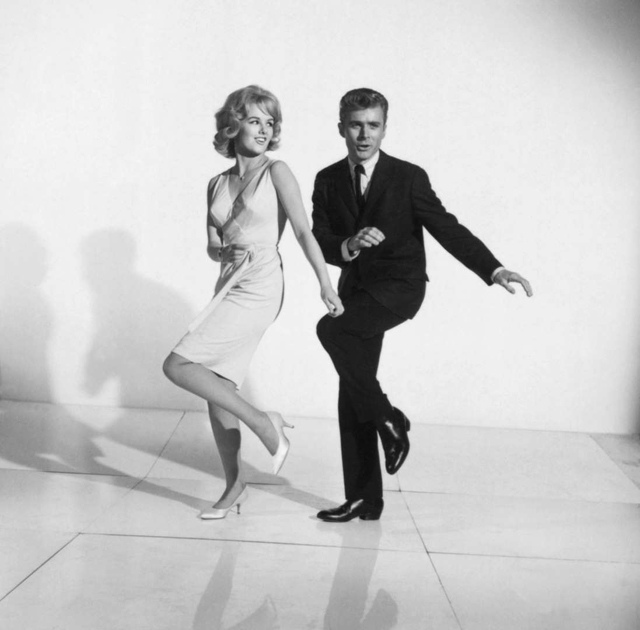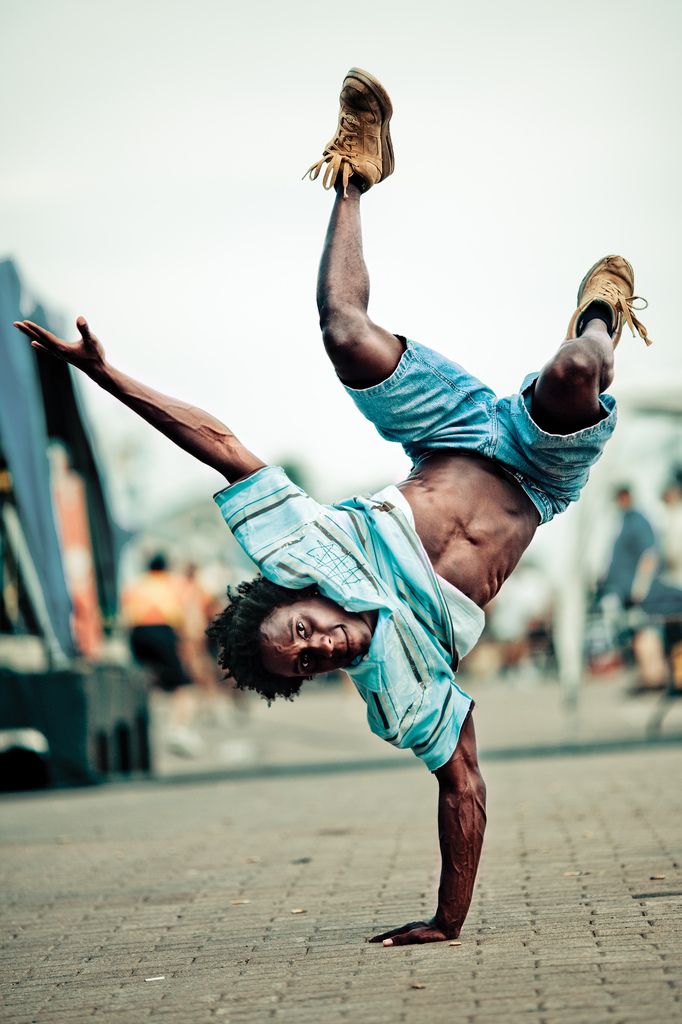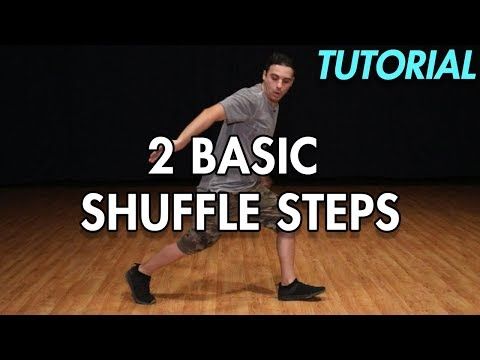How to dance the disco
13 Simple Disco Dance Moves for Beginners
Many people consider disco to be a relic of the 70s and 80s, but it’s still alive and well in this day and age. In fact, disco dance and music have recently undergone a revival. People now became taken once more by the energy of disco dance moves.
If you’re one of many who just recently discovered the magic of this dance and would like to take a shot at it, this guide can help get you started. Whether you’re practicing by yourself at home or with an instructor, try out one of these basic disco moves. They’ll give you a solid foundation and will give you the opportunity to try more advanced techniques later on.
Of course, after learning a couple of tricks, you can confidently perform on the dance floor, as well!
Contents
- 13 Common Disco Dance Moves for Beginners
- 1. The Disco Finger
- 2. Double Arm Swing
- 3. The Bus Stop
- 4. The Snap
- 5. The Elbow Pull
- 6.
The Bump
- 7. The Get Down
- 8. The YMCA
- 9. The Retro Hustle
- 10. The Funky Chicken
- 11. The Butterfly
- 12. The Back Catch
- 13. The Electric Slide
- Final Words
13 Common Disco Dance Moves for Beginners
1. The Disco Finger
Source: Bostonherald.comThis is an incredibly iconic move. Daresay, it’s the signature dance move for disco after being popularized by John Travolta and Saturday Night Fever.
The Disco Finger doesn’t use a lot of the body from the knees down. Instead, the focus is on the hips and one hand. Extend your index finger (of any hand). Then, move your hand upward and downward in a diagonal movement. As you do, thrust your hip from side to side.
It’s a fairly simple move. So, at most, you’d be able to nail down the pattern in an hour or two of practicing in front of the mirror.
2. Double Arm Swing
Another iconic move in the disco world. Though it is simple, the move is fun to do and can display a lot of energy and openness on your part.
There are two counts to the Double Arm Swing. The starting position is a quarter turn to your left side with your left foot.
- On the first count, thrust out your chest and throw your right arm forward and into the air. At the same time, swing your left arm backward.
- The second count is bending your knee and dropping your hip as you swing your right arm downward and to your back. Swing your left arm forward and upward.
Repeat to the beat of the music or as fast as you can, depending on your mood.
3. The Bus Stop
Like other moves in disco, the Bus Stop is simple, yet fun.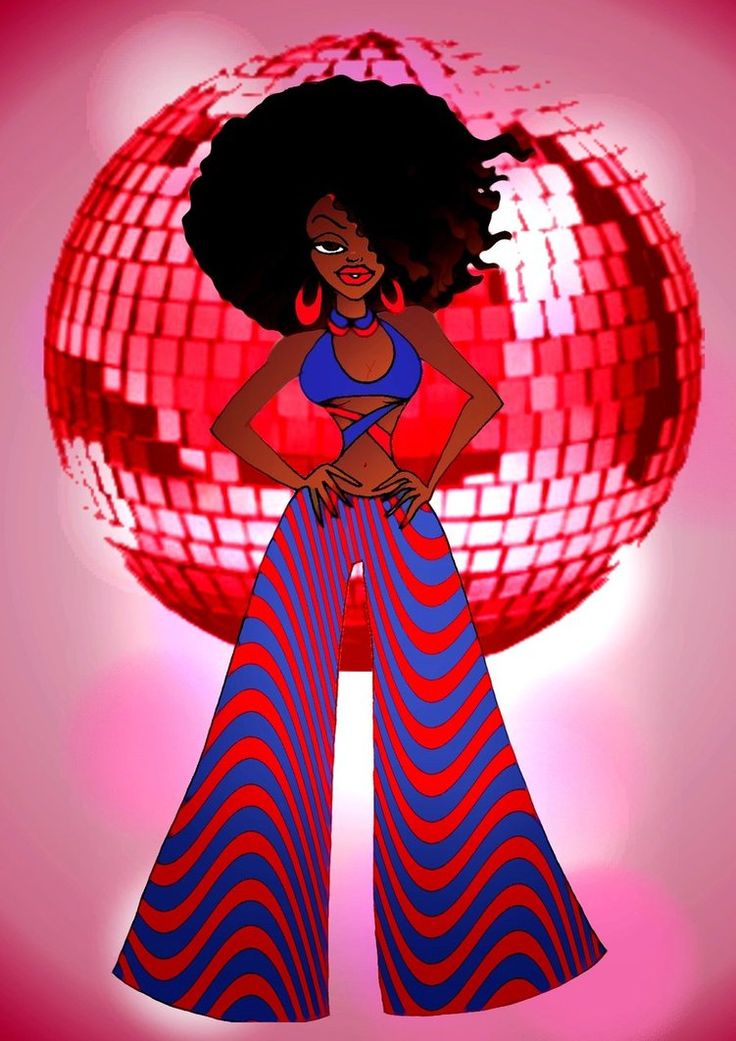 Typically, it is performed on the backing of Are You Ready? (Do The Bus Stop). But really, you can use it on any fast-tempo disco song.
Typically, it is performed on the backing of Are You Ready? (Do The Bus Stop). But really, you can use it on any fast-tempo disco song.
Compared to the Disco Finger or the Double Arm Swing, the pattern is a bit more complicated. With a bit of practice, it’ll become natural in no time.
- Start up with both of your feet together. Loosen up your knees a little bit. Don’t lock up, or you’re going to look very robotic.
- Take a step back with your right foot, then take an even farther step back with your left foot.
- The moment your left foot hits the floor, take a step back with your right foot again.
- Now it’s time to move forward! Bring your left foot forward, then follow it up with your right.
- Take another step with your left foot.
- Bring your right foot alongside your left foot and give it a small tap, stopping the walking motion. Clap your hands in time with the foot tap.
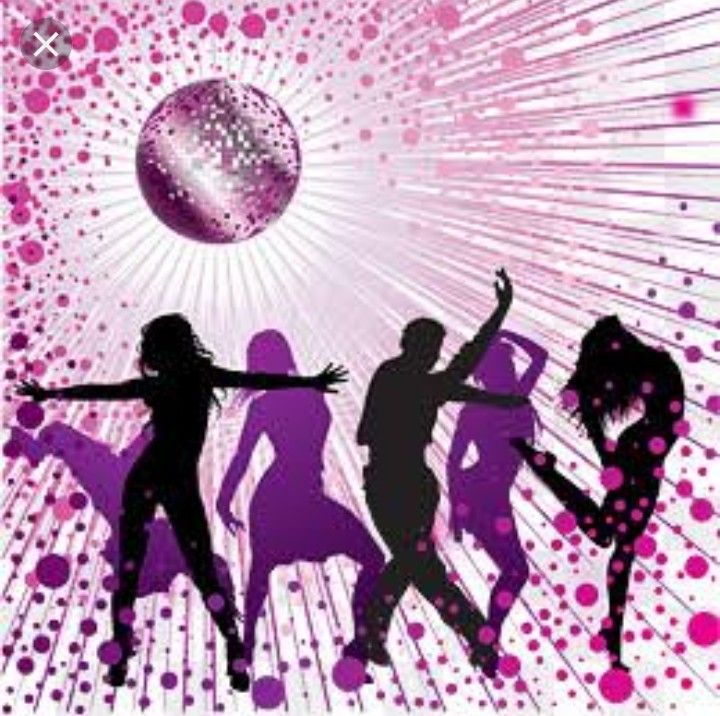
- Take a step to the left using your left foot. Follow it up with a step right behind the left foot with your right foot. Repeat this pattern three times.
- Once again tap your left foot with your right foot, then clap your hands.
- Now reverse the pattern. Take a step to the right with your right foot, then bring your left foot behind the right foot. Repeat three times.
- Tap your right foot with your left foot and clap your hands.
- Make a quarter turn to either your left or right, and start again from the top.
It’s a pretty long-winded pattern, but take your time and practice. You’ll be able to get the hang of it a few hours in.
4. The Snap
The Snap, also known as the “Hip Check”, emphasizes the movement of the hips area. If you’re looking for a sensual move that can show off your body as well as your nimbleness, it’s a good one to try.
If you’re looking for a sensual move that can show off your body as well as your nimbleness, it’s a good one to try.
- Start with your feet being in-line with your hips.
- Shift your hips to the right, then snap your fingers using your right hand.
- Now, hips to the left, bend your knees, and immediately swing your right hips to the right.
- Straighten up your legs and swing your hips to the left again.
Repeat the pattern from the beginning and keep it going to the rhythm of the music.
Do note that the Snap is a very fast-paced move, which can make it pretty challenging to master at the beginning if you practice at full speed. Instead, we recommend going slow at first. Practice at half the normal tempo and gradually speed it up when you become more familiar with the pattern.
5. The Elbow Pull
This is one of the more difficult moves in disco for beginners as it requires some coordination. If you’ve had experience with dancing before, you probably would be able to nail the Elbow Pull in an hour. For those who don’t, you’ll need a few hours to get into the rhythm.
- Start up with your feet apart. Your arms should be skewing slightly to the right. Ball up your hands into fists.
- Swing your hips right and follow it up by bringing your left foot to the right, as well. Draw your left elbow up and to the back until your forearm is perpendicular to your shoulder.
- Next, swing your hips to the left and follow that up by stepping your right foot to the right. Punch forward in a line across your chest with your left arm (note that you shouldn’t punch too hard, else you could get tendonitis when practicing or dancing for long periods).
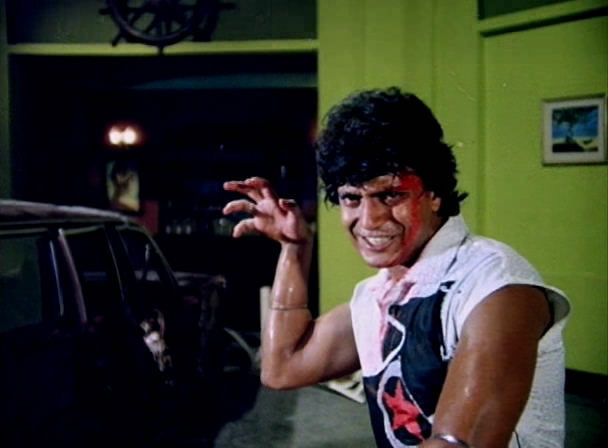 Keep your forearm perpendicular to your shoulder.
Keep your forearm perpendicular to your shoulder. - Swing your hips to the right and bring your left foot to the right. Pull your elbow backward, but unlike before, keep your forearm low and perpendicular to your hips instead of your shoulder.
Repeat the pattern to the beat of the music (or as fast as you can!)
The arm tends to be the most difficult part of this move. Most people will feel a bit awkward at first while practicing the arm motion. So, we suggest that you start first with the arm. Once you get used to the pulling-punching motion, then add in the hips and the legs.
6. The Bump
To learn and perform the Bump, you’ll need the help of a partner. It’s pretty easy and fun to do (especially when you do it with someone you’re romantically interested in, but it can also be done with a friend).
Dance freestyle however you wish on the dance or practice floor. Then, when it’s time to pull this Move (signal your partner), swing one side of your hip towards your partner and bump it with theirs.
Quickly swing your body to the opposite direction and bump the other side of your hips with your partner. Repeat!
Your partner should also mirror your movement and, ideally, you two should be bumping your hips together in tandem and to the beat.
7. The Get Down
The Get Down traces its roots back to African dances. This move requires you to keep your legs wide apart. Then, bend at the waist area and knees to get down as close as possible to the floor.
8. The YMCA
Everyone’s probably heard of the YMCA by The Village People before. And if you do, you most likely already know this classic dance, as well.
It’s so popular that it’s not just done in the disco circles these days. It has long since evolved into an Internet meme, so you can see people busting it out at various popular events like school dances and sporting events.
Of course, this dance is best done on top of the YMCA song.
The dance itself is pretty simple. You just have to move your arms and twist your body to spell the letter “Y”, “M”, “C”, “A” with your figure.
Although it’s not exactly required, whenever people come together to recreate this dance, they always scream the lyrics at the top of their lungs. So, we suggest that you do the same, as well, when you get the opportunity! It’s a lot more fun that way.
9. The Retro Hustle
This is one of the most famous disco dance moves from the 70’s.
The rise of the Hustle began with the chart-topping song “The Hustle” by Van McCoy and the Soul City Symphony in 1975. Because of its massive popularity, the Hustle has had many different variations since 1975. As a result, the original version is often referred to as the “Retro Hustle” to distinguish it from newer versions.
As a result, the original version is often referred to as the “Retro Hustle” to distinguish it from newer versions.
It’s a simple sequence of movements that includes taking three steps forward and three steps backward. In the process, you’d also be doing extra movements like pointing your finger skyward and weaving your fists together in circles.
Some people think it looks a bit silly … but just like everything in disco, the point is maximum fun value. Plus, since the move is done on an 8-beat count, it can actually fit just about any disco song on the catalog!
10. The Funky Chicken
The Funky Chicken is better known by its other name: the Chicken Dance.
As far as being silly, this is probably among the silliest moves in disco. However, at a party or on the dance floor with other people or with friends, it’s extremely fun.
- Rest your arms on either side of your chest and ball up your hands into fists. Your elbows should be tucked to the lower side of your ribs.
- Shake your head forward and backward for 4 or 8 counts.
- Imitate a chicken’s wings by pushing your elbows outward while keeping your hands close to your chest. Then, draw them back in again (just imagine a chicken flapping its wings).
- Repeat this to the beat of the music or as quickly as possible!
To make the move look better, you can add some lower body movements to it. When you bring your elbows up, bend one of your knees and swing your foot out. That would rotate your hip.
When you bring your elbow back in again, switch out the foot.
11. The Butterfly
For this move, you need a partner.
Grab both of their hands with yours and grip tight (but not too tight!).
Then, walk around one another to the beat of the music.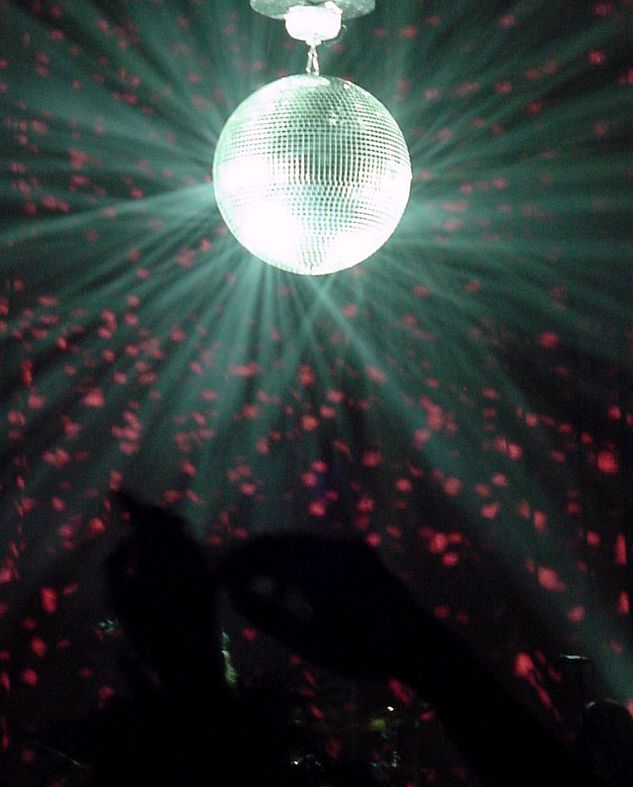 Depending on your mood, you can steer both of you in a clockwise or counterclockwise motion.
Depending on your mood, you can steer both of you in a clockwise or counterclockwise motion.
12. The Back Catch
Since this move will require some flexibility on your part, do a quick warm-up first before you try it.
- Stand on your right leg, then kick your left leg as far back as you can.
- As you kick your left leg, bring both of your arms backward and try to reach for your foot as it goes up. If your back is bendy enough, you may even be able to grab onto your foot. But don’t feel bad if you can’t, grabbing the foot isn’t really required.
The move would make you look like a ballet dancer on the stage!
13. The Electric Slide
The Electric Slide is popularized by the song “Electric Boogie” by Marcia Griffiths and Bunny Wailer.
- To do this move, start off by doing a grapevine.

- Take a step to the right with your right foot.
- Follow that up by taking a step to the right with your left foot by moving it behind your right foot. Your legs should be crossed here.
- Step right with your right foot again and your legs will be uncrossed.
- Put your feet back close together. Tap your left foot to the side of your right foot.
Repeat the grapevine but to the left instead of the right.
Finished?
- Now step three steps back with your right foot. Tap your left foot next to your right foot after you finish the third step back.
- Step forward with your left foot after the tap. Then, swing your right foot behind you and tap your right foot’s toe against the ground.
- Step back onto your right foot after your toe struck the ground.
- Bring your left foot forward again and tap it in front of your right foot.
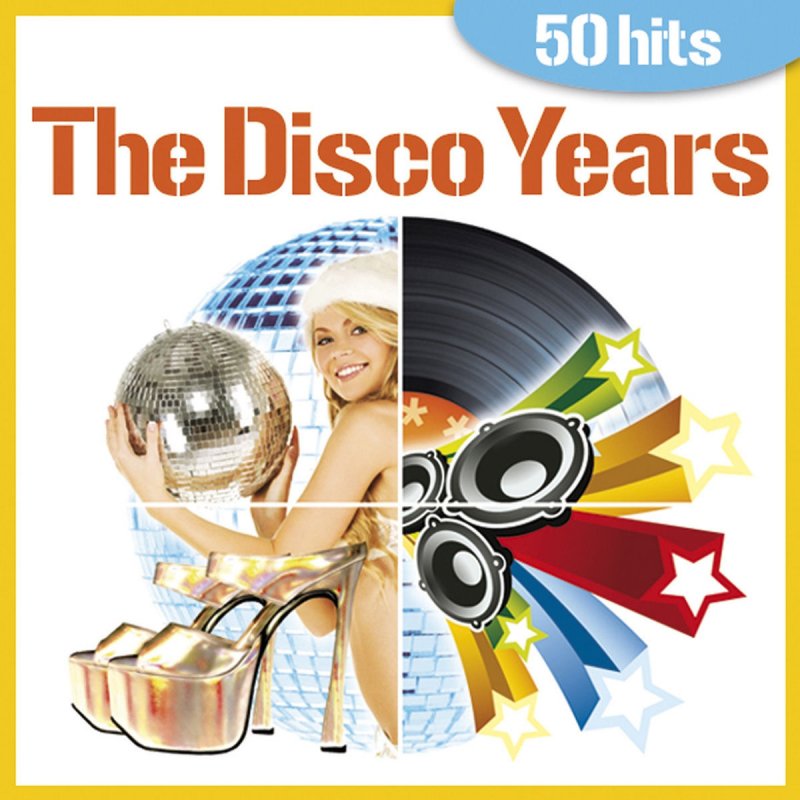
Once your left foot hits the ground, immediately pivots to the left by 90°. To make it more aesthetically pleasing, you can kick your right foot up and brush the ground with your heel as you pivot in place.
Repeat the steps until the music ends!
Final Words
Disco is often seen by people nowadays as “old people” dance. But that’s entirely untrue! Head to a club with some friends and use up all these disco dance moves. You’ll be able to see for yourself just how fun this dance can be!
1970s Disco Dances
During the 1960s, New York City Hispanics—largely Puerto Rican and Cuban—kept the 1950s teen tradition of Bandstand-style swing alive, at the St. Mary's Church dances in the Bronx and elsewhere, partially because it had always been considered masculine for Latino men to dance. When the disco scene erupted in New York City in 1970, partnered dancing was revived, with the disco dancers adopting the local teen's style of swing kept alive by Latinos during the sixties.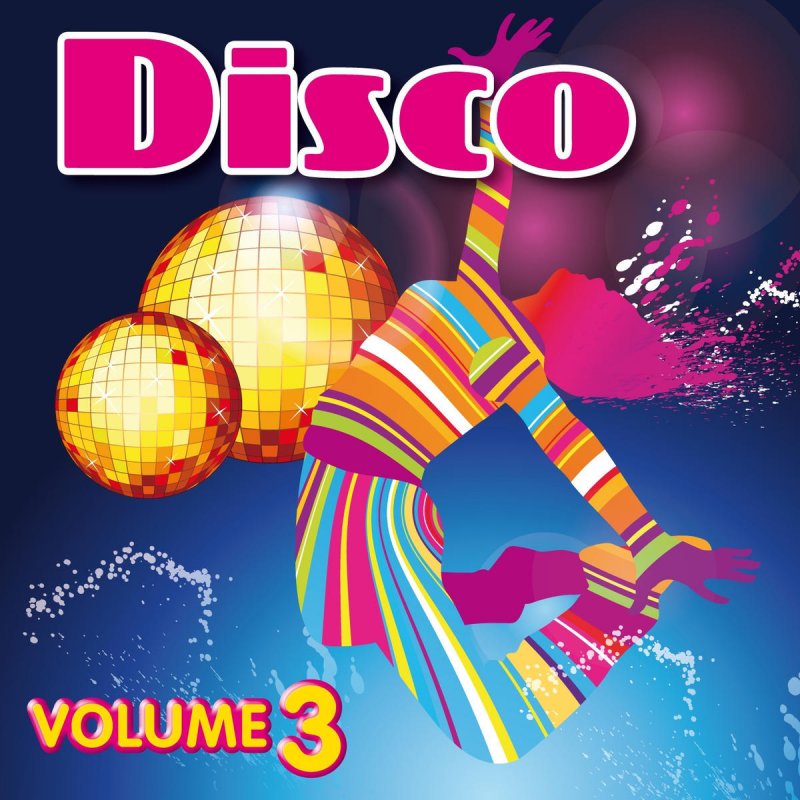 The term Latin Hustle therefore refers to the NYC Hispanics who were still
dancing this way, not because it's a from a Latin American country (it's not). The structure, step patterns and figures of disco
Hustle are all essentially the same as 1950s American teen
jitterbug/bop, which had been mothballed for a decade. However the music was new, as was a more upright walking style, which gave this form of swing
an entirely different look and feeling. My page on the disco lifestyle is here.
The term Latin Hustle therefore refers to the NYC Hispanics who were still
dancing this way, not because it's a from a Latin American country (it's not). The structure, step patterns and figures of disco
Hustle are all essentially the same as 1950s American teen
jitterbug/bop, which had been mothballed for a decade. However the music was new, as was a more upright walking style, which gave this form of swing
an entirely different look and feeling. My page on the disco lifestyle is here.
Both partnered and solo dancing were done throughout the Disco Era, but the proportions changed dramatically in 1978.
During the first eight years, disco dancing was primarily partnered dancing, the living tradition of swing. To quote Maria Torres,
a disco dancer from NYC, "The thing which really killed partner dancing
was Saturday Night Fever. Disco was originally an underground dance, done mainly by Hispanics,
blacks and gays, who could really do partner dancing. They were incredible, but that was an underground thing.
Then when Saturday Night Fever came out, the masses flocked to the clubs to experience what they saw in the
movie. But what they thought the Hustle was was freestyle, because that's what John Travolta did." Partnered
Hustle did continue, but was somewhat overshadowed by freestyle solo dancing in the final two years of the disco craze.
They were incredible, but that was an underground thing.
Then when Saturday Night Fever came out, the masses flocked to the clubs to experience what they saw in the
movie. But what they thought the Hustle was was freestyle, because that's what John Travolta did." Partnered
Hustle did continue, but was somewhat overshadowed by freestyle solo dancing in the final two years of the disco craze.
The original script for Saturday Night Fever called for only partnered dancing, as
was actually done at the 2001 Odyssey club in the story. But John Travolta felt that a solo dance would better develop the character arc of
the storyline, and insisted that the script be changed to feature him doing solo freestyle dancing. Travolta said, "I had to enforce that
scene. They were basing this movie on his being the best dancer, and he didn't have a solo. I had to prove to the audience that
he was the best." Little did he know that his added scene would change the dynamic of disco dancing.
Another reason for the later increase in freestyle solo dancing was the shift in focus to heavier drinking during the Disco Fever years.
44,000 new disco clubs sprouted up in one year, partially because liquor sales were
so profitable, and clubs devised new ways to encourage drinking. Partnered dancing required considerable (and fairly sober) skills,
while freestyle and line dancing could be done while intoxicated.
But the partnered Hustle remained the focus of serious disco dancing, and the eighty how-to-disco books that were published after Saturday Night Fever focused on partnered dancing.
Author's note: Your source for this page has first-hand experience. I worked as a media and club designer for a large network of discos (New York, Boston, Ft. Lauderdale, Buffalo, Cincinnati, Minneapolis and Houston) in the seventies, from before Saturday Night Fever launched the disco fad, until after it all subsided.
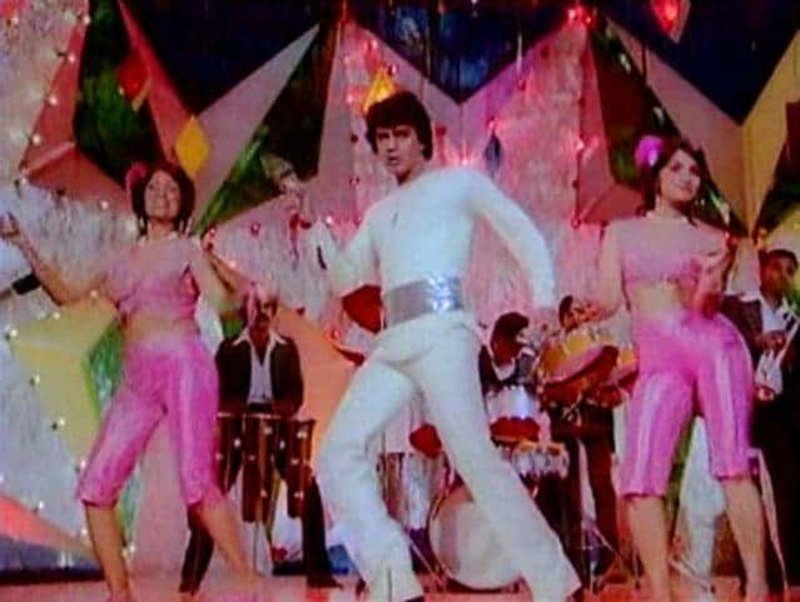 I traveled to all of these clubs, participated in the huge NYC disco conventions, and record companies
sent me their latest disco recordings as soon as they were released.
Thus I had a chance to see all of the phases of the disco craze. In addition, I've reconstructed the dances from 78
disco dance books and LP record descriptions that were published between 1974 and 1981 (see the bibliography at the bottom of this page).
Other primary sources include interviews with former disco dancers, and film and video from the 70s.
I traveled to all of these clubs, participated in the huge NYC disco conventions, and record companies
sent me their latest disco recordings as soon as they were released.
Thus I had a chance to see all of the phases of the disco craze. In addition, I've reconstructed the dances from 78
disco dance books and LP record descriptions that were published between 1974 and 1981 (see the bibliography at the bottom of this page).
Other primary sources include interviews with former disco dancers, and film and video from the 70s.HUSTLE STEP PATTERNS
Latin Hustle (also called The Hustle, Latin-Swing, New York Hustle, and Manhattan Spanish Hustle)
This was the most commonly described Hustle in the disco dance manuals.
Man: Tap L foot to the L without weight (or tap in place, or tap crossing behind)
Close L to R with weight
Quick step back R. Quick close L to R with weight
Step forward R
Step L
Step R
Count: 1 2 3 and 4 5 6.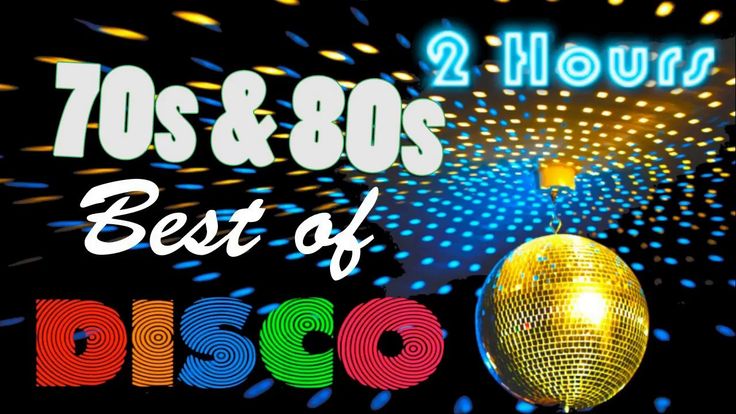
Woman steps opposite, beginning R.
The last 3 steps can be done in place, forward or backward, as needed.
There were also several other step patterns called Latin Hustle, varying regionally and over time.
American Hustle (also called The Hustle, New York Toe Hustle, and Easy Hustle)
Man: Taps L foot to the L without weight (or tap in place, or tap crossing behind)
Close L to R with weight
Tap to the R side without weight
Close R to L with weight either in place or start walking forward R
Step L either in place or rock back or travel forward
Step R either in place or replace or travel forward
Woman steps opposite, beginning R.
The last 3 steps can be done in place, forward or backward, as needed.
Four-Count Hustle (also called The Hustle, Street Hustle, Rope Hustle, and Disco Merengue)
This was the most common version of Hustle danced in most of the San Francisco discos, except at the Dance Your Ass Off club, which preferred Latin Hustle.
Man Steps L
Step R (those two steps usually make a swing move)
Rock back L
Replace R
Woman steps opposite, beginning R.
The first three steps can be done in place, forward or backward, as needed.
Timing is an even quick-quick-quick-quick.
— Or rock step first —
Man rocks back L
Replace R
Step L
Step R
Betty Lee's timing: The first (rock) step is a quick step, 2 and 3 are slow, 4 is extra slow.
Count: and 1 2 3 hold.
Disco Swing 1950s Bandstand-style 6-count triple swing done with disco style and attitude.
Hook-step-step, hook-step-step, walk, walk.
Continental Hustle Similar to American Hustle. Side L, tap R closed to L, side R, tap L, walk L, walk R.
New York Hustle Simple 4-count touch-step-touch step in place.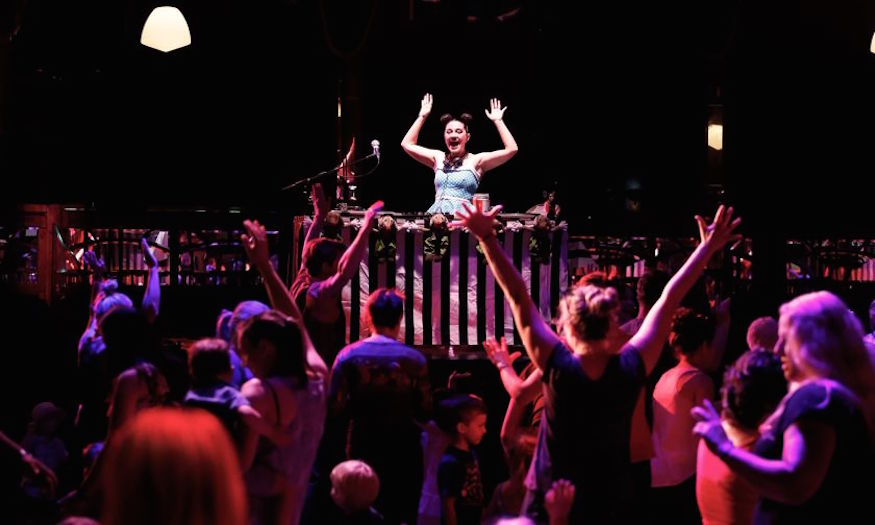
Tango Hustle A Morph of Tango and Hustle.
3-Count Hustle This appeared in only 2 sources, at the very end of the 70s. Then it became mainstream in the 1980s.
Plus many others: Latin Street Hustle, Triple Hustle, Two-Step Hustle, Lindy Hustle, Fox Trot Hustle, Kick Hustle, Cha-Cha Hustle, plus many line dances called Hustle.
Virtually every disco how-to-dance book and dance studio taught one or more of the above step patterns, carefully fitting each figure into one of these step timings. Then on the actual disco floors (I was there) many dancers simply walked and strutted through the following figures (below), without specific timing patterns, adding occasional step flourishes such as taps, kicks, rock-steps, swivels and poses. Many former disco dancers describe their dancing in this manner, which is confirmed by surviving films of disco dancing in clubs.
 So both were done: specific step timings, like the Latin Hustle, and simple walking, ornamented by footwork flourishes and poses.
So both were done: specific step timings, like the Latin Hustle, and simple walking, ornamented by footwork flourishes and poses.DISCO HUSTLE FIGURES
(only a few of hundreds)
Take an open two-hand hold and walk around each other, turning clockwise or counterclockwise.
Follow's Outside Underarm Turn (also called Arch Turn and Outside Spin)
In Place: She does a CW spot turn in place; he stays in place.
Crossing Over: Woman passes forward by his left side, turning CW, as in 50s bandstand swing
Follow's Inside Loop Turn (also called Reverse Underarm Turn and Inside Spin)
In Place: She does a CCW spot turn in place; he stays in place.
Crossing Over: Woman passes forward by his right side, turning CCW.
Waist Slide (also called Belt Scratch)
He raises his free R arm slightly, walks forward toward his left breaking through held hands (scratching his belt buckle into held hands), as she walks forward past his left side.
One version has his R arm raised high. A disco film shows him changing her hand into his R.
2-Hand Loop-De-Loops (also called Wrap Turns, Woman's Walk Around and Loop Pass)
2-hand Follow's Loop Turn followed by 2-hand Waist Slide
Dishrag (also called Crossed Twirl and Twist Turn)
From either open 2-hand hold or crossed hands, he raises both hands to turn her under.
Wrap (also called Sweetheart, Cradle and Cuddle Turn)
From 2-hand hold he wraps her CCW in to his right side.
Wheel
Once wrapped up, both walk around the other. Whoever is wrapped usually backs up.
Reverse Wrap (also called Wrong-way Sweetheart and Reverse Cuddle)
From 2-hand hold, he leads his R hand inward to wrap her CW in to his R side, as he walks his R arm over her
head to her R shoulder. Then he raises his L arm to lead her straight forward under his L arm, then she turns right to
face him. Unwind crossed hands with Dishrag.
Unwind crossed hands with Dishrag.
Lead's Wrap (Lead's Sweetheart)
From 2-hand hold, he raises his R hand and wraps himself CCW in to her R side.
Lead's Wrap and Duck-out
The same followed by a Wheel with him backing followed by his ducking and backing out.
Roll Off the Arm
From the Wrap he releases L, she unwinds to swingout at his right side.
Lateral Dip (only one of many disco dips and drops)
From Rolling Off the Arm, she spins back into Wrap, he lunges side L and she leans into his hip.
Another tradition revived from the late 1950s and early 60s was Line Dancing, where a group of individuals performed a routine of steps, facing in the same direction, without partners. The Madison (circa 1958) faced in only one direction, and it was so complicated, with a dozen figures, that it needed to be called by a prompter.
 It's believed that the Hully-Gully (1961) was the first short and easy line dance, and it was the first to
turn one quarter at the end of the pattern, to repeat facing a different wall. The Continental (Continental Walk) appeared at about the same time, also
sharing these two attributes. After that, most line dances were fairly short four-wall patterns.
It's believed that the Hully-Gully (1961) was the first short and easy line dance, and it was the first to
turn one quarter at the end of the pattern, to repeat facing a different wall. The Continental (Continental Walk) appeared at about the same time, also
sharing these two attributes. After that, most line dances were fairly short four-wall patterns.The L.A. Hustle was one of the earliest disco line dances (circa 1974), renamed the Bus Stop when it migrated to the East Coast. There were many versions of the Bus Stop. The Hot Chocolate (1978) was a simplified version of the 1961 Hully Gully, then a decade later, the Country Western Electric Slide (1989) was step-for-step identical to the disco Hot Chocolate. Other notable disco line dances were Travolta's Night Fever Line Dance from Saturday Night Fever, the Hollywood Line Hustle, Rollercoaster, the New Yorker, the Pump, and Disco Duck.
John Travolta's 1980 film Urban Cowboy helped launch another dance craze—Country Western, which continued disco's line dancing, but with a cowboy flair.
DISCO BIBLIOGRAPHY The collection of Richard Powers
1974 Dick Blake DISCO DANCES (including 5 early kinds of Hustle) Cleveland
1974 Dick Blake THE NEW DISCO! TOUCH DANCING (many Hustles evolved forward, including Latin and NY Hustle) Cleveland
1975 Rolling Stone Magazine Disco Issue (10 articles) NY
1976 Adam VIII Ltd. YOU CAN LEARN TO HUSTLE Instruction Booklet w/ Disco Hustle LP NY
1976 The Hustle Factory DO THE HUSTLE - LP with vocal & printed instructions Terre Haute IN
1976 Arthur Murray Schools LET'S DANCE (with disco and Hustle) NY
1976 Rolling Stone, Publisher; Abe Peck, Editor DANCING MADNESS NY
1976 Jeff & Jack Shelley LEARN DISCO DANCING - LP with vocal & printed instructions NY
1976 Jeff & Jack Shelley LEARN DISCO DANCING - 8-track tape instructions NY
1976 Newsweek Magazine THE DISCO WHIRL (cover story) November 8 issue
1976 Tee Vee International, Inc.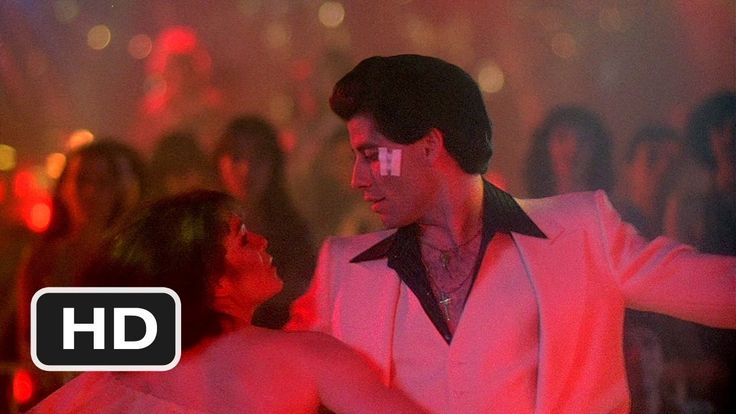 VOUS POUVEZ APPRENDRE LE HUSTLE Markham, Ontario
VOUS POUVEZ APPRENDRE LE HUSTLE Markham, Ontario
1977 Imperial Society of Teachers of Dancing DANCING BALLROOM, LATIN AMERICAN AND SOCIAL London
1977 Betty White BETTY WHITE'S HOW TO HUSTLE (book) NY
1977 Betty White HOW TO HUSTLE (LP instructions) NY
1977 Betty White HOW TO LATIN HUSTLE (LP instructions) NY
1977 Grant F. Longley LINE DANCE MANUAL MA
1978 Anon. GET DOWN, FEVER DANCE - mimeographed instructions
1978 Robert Audy JAZZ DANCING with disco dancing moves NY
1978 Skippy Blair DISCO TO TANGO AND BACK, Downey, CA
1978 Keith & Christine Burton DISCO FEVER DANCE BOOK Great Missenden, England
1978 Crane-Norris Marketing SATURDAY NIGHT DISCOMANIA
1978 Ann Czompo DISCO HUSTLE! Homer, NY
1978 Gabbert Elbert "DISCO FEVER" Subject Book (spiral bound notebook) with illustrated Tango Hustle description Birmingham, AL
1978 Uta Fischer-Munstermann JAZZ DANCE including DISCO DANCING NY
1978 Gateway Records HUSTLE, BUS STOP & LINE DANCES - illustrated instructions in LP
1978 Albert Goldman DISCO NY
1978 Albert Goldman, LIFE Magazine "The Delirium Of Disco" November issue
1978 Kitty Hanson DISCO FEVER NY
1978 Barbara Hegne DISCO FEVER
1978 Carole Howard THE COMPLEAT GUIDE TO SURVIVAL SOCIAL DANCE (including Disco) Minneapolis
1978 Imperial Society of Teachers of Dancing DANCING - STEP BY STEP (including Disco) London
1978 Janet Jasek DISCO LOVERS GUIDE TO DANCE South Bend, IN
1978 K-Tel Records LEARN TO DO THE HOT CHOCOLATE - illustrated instructions in LP NY
1978 Karen Lustgarten THE COMPLETE GUIDE TO DISCO DANCING San Francisco
1978 Roy Madrid DISCO. .. YOU SHOULD BE DANCING Los Angeles
.. YOU SHOULD BE DANCING Los Angeles
1978 John Monte FRED ASTAIRE DANCE BOOK including Hustle, Latin Hustle, California Hustle New York
1978 Steve Ramacher LET'S DISCO, A Complete Instructional System for Disco Dancing MN
1978 Shelly Schunick DISCO STEPPIN' - instructions and LPs Baltimore, MD
1978 Time Magazine "Travolta Fever" (cover story) April 3 issue NY
1978 Aurora Villacorta DISCO Danville, IL
1978 Jack & Kathleen Villari THE OFFICIAL GUIDE TO DISCO DANCE STEPS Secaucus, NJ
1978 Lester Wilson DANCE DANCE DANCE
1979 Andy Blackford DISCO DANCING TONIGHT London
1979 Nancy Bruning THE KIDS' BOOK OF DISCO NY
1979 Bill Butler & Elin Schoen JAMMIN', Complete Guide to Roller Disco NY
1979 Joetta Cherry & Gwynne Tomlan DISCO DANCING NY
1979 Randy Deats DANCING DISCO NY
1979 Alma Heaton and Don Zimmerman DISCO WITH DONNY & MARIE
1979 Janet Jasek DISCO TEXT - The Complete Book of Disco Dance Instruction Lansing, IL
1979 Ann Kilbride & A.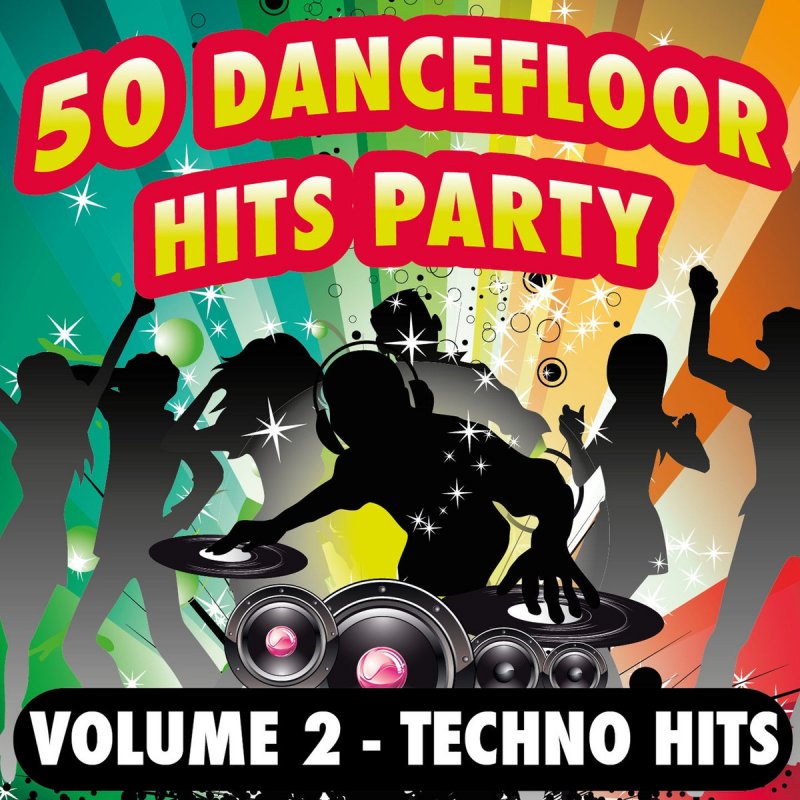 Algoso THE COMPLETE BOOK ON DISCO and Ballroom Dancing Los Alamitos, CA
Algoso THE COMPLETE BOOK ON DISCO and Ballroom Dancing Los Alamitos, CA
1979 Kerry Kollmar ROLLER DISCO DANCING (with photos of Kevin Bacon) NY
1979 Jena Lauren DISCO Los Angeles
1979 Lauter Publ Co DISCO STEPPIN' OUT Magazine Vol. 1, No. 1 Hollywood, CA
1979 George Lloyd LEARN DISCO DANCING London
1979 Carter Lovisone DISCO HUSTLE
1979 Karen Lustgarten THE COMPLETE GUIDE TO TOUCH DANCING San Francisco
1979 Karen Lustgarten GUIDE COMPLET, DANSE DISCO Montreal Quebec
1979 Karen Lustgarten DISCO DANCING - EINE DISCO-TANZSCHULE FUR ALLE NEUEN TANZE Munich
1979 Judi McMahon A GUIDE TO DANCING DISCO NY
1979 Jennifer Meloney YOU CAN DISCO NY
1979 Roberta Morgan DISCO NY
1979 Arthur Murray Disco Dance Studio "DISCOPEDIA" DISCO DANCE LESSONS (series of 4) NY
1979 Newsweek Magazine "Disco Takes Over" cover story April 2, 1979 NY
1979 David Peterson & Laura Trepanier DISCO JUNCTION, Dance Book 1 Minneapolis, MN
1979 Bruce Pollack THE DISCO HANDBOOK NY
1979 Maxine Polley DISCO BASICS Englewood, NJ
1979 Rolling Stone Magazine "Disco" April 19, 1979
1979 Brian Sherratt DISCO CHIC NY
1979 Deney Terrio THE PROFESSIONAL APPROACH TO DISCO INSTRUCTION NY
1979 Lani van Ryzin DISCO NY
1979 Betty White HOW TO DISCO DANCE (with audio cassette) NY
1980 MAD Magazine DISCO - Special issue on disco, with a vinyl parody disco record
1980 Dennis Fallon THE ART OF DISCO DANCING St. Louis, MO
Louis, MO
1980 Ronald Lackmann DISCO! DISCO! DISCO!, A Guide to Disco Dancing Middletown, CT
1980 Leonard McGill DISCO DRESSING NJ
1980 Vita Miezitis NIGHT DANCIN' NY
1980 Jerolyn Ann Nentl DISCO DANCING Mankato, MN
1981 Pamela Morton BASICS OF DISCO DANCING Boston
Disco style moves. Encyclopedia of Dance: Disco
Rhythmic music, dance floor lights, energetic plastique and acrobatic dance elements. It's all 80s disco. This is a dance that will give you an incredible charge of vivacity and positive, make your body elastic and strong, give you new sensations and never make you bored.
How did the disco style appear?
The history of the disco style begins in France in the 60s of the last century, where young people in discos began to dance not to the live music of the orchestra, as before, but to songs recorded on records. Soon such discos spread throughout Europe, and after the film "Saturday Night Fever", released at 19In 1977, disco dancing became wildly popular.
Soon such discos spread throughout Europe, and after the film "Saturday Night Fever", released at 19In 1977, disco dancing became wildly popular.
Today, the disco style is also very popular among young people, and many learn disco in dance schools. You can list for a long time the styles that this active and groovy dance has absorbed. These are jazz, aerobics, acrobatics, Latin American dances, classical elements, rock and roll, rhythmic gymnastics and many other areas, which together form an amazing mix called disco.
80s Disco Features
Disco dance is based on a special rhythm (about 120 beats per minute). Disco steps are springy, and the movements have not changed much since the beginning of this direction. Disco of the 80s is a very active dance, it is even classified as a sports dance. Its execution requires good physical preparation, because it is far from being as easy as it seems to perform acrobatic steps so that the pulse does not go off scale. Therefore, in order to learn how to dance disco perfectly, you need to practice a lot.
For hard work and faith in yourself, you will be rewarded with admiring glances and excellent physical shape. Believe me, nothing can compare with the ability to literally flutter around the stage, conveying the most powerful energy of the dance to the audience and making their hearts flutter with delight. Disco dance will help you show yourself and others what your body is capable of, discover new facets of the vision of music and dance performance. Even if you do not plan to seriously engage in this dance direction, training in any case will bring a lot of benefits, both for your body and for your internal state, developing endurance, grace, coordination, help you lose weight, relieve stress and recharge with positive.
Disco dancing - training in CITYDANCE
After you have learned what disco dance really is, don't you want to try your hand at this interesting and exciting direction? For those who are not afraid to discover a new life, our teachers lead disco groups at the CITYDANCE dance school.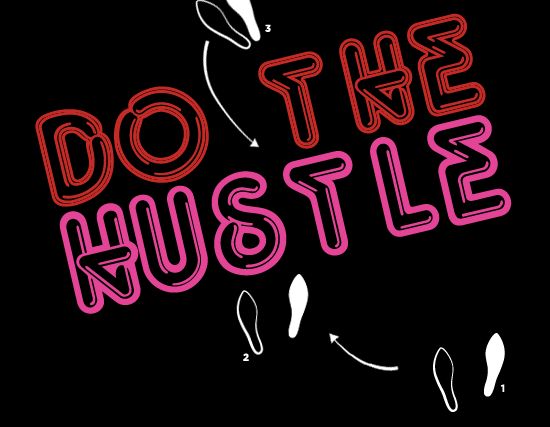 Under the guidance of experienced teachers, you will master the basic movements and learn to feel the rhythm. But the main thing is to learn to feel the music with your heart and enjoy the dance, because this is the main thing.
Under the guidance of experienced teachers, you will master the basic movements and learn to feel the rhythm. But the main thing is to learn to feel the music with your heart and enjoy the dance, because this is the main thing.
What is the best way to come to class?
In training, active physical training and stretching awaits you, so you need to choose clothes that stretch well and fit comfortably. From shoes, light sneakers, Czech shoes or ballet flats are best suited.
Disco is a bright holiday that plunges you into a state of sweet love. A dance that gives a feeling of freedom and breaks away from everyday routine
The dance and music style of disco is perhaps the most popular trend in pop culture of the last century. The history of this genre begins around the mid-70s simultaneously in the US and Europe. The American disco style has absorbed the traditions and sound of funk and soul. The European direction of disco inherited the characteristic tendencies of traditional pop music and intertwined with new trends in pop music.
The history of disco
1974 is considered to be the year of birth of the new clockwork dance. This significant event happened in the clubs of New York, and a few years later the whole of America was covered by a real disco boom. Almost simultaneously, disco, moving across the ocean, conquered Europe, and later the Soviet Union. In the USSR, a new dance penetrated from two sides at once - from the west from America and from the east from India, where the film "Disco Dancer" was filmed, which gained extraordinary popularity in the Soviet Union.
In 1977, the film "Saturday Night Fever" with John Travolta in the title role is released in the USA. This picture clearly shows the life of a real disco fan, who on the dance floor forgot about all life's troubles and hardships.
At the origins of the European style of disco were the groups "Abba" and "Boney M", which had perhaps the greatest fame in the history of pop music. Producers and composers contributed to the spread and popularization of the new style.
The heyday of the style falls on the eighties of the last century. He has not lost relevance even now. Every year in Russia, the Disco 80s festival is held, to which domestic and foreign stars are invited.
What is disco?
The roots of the disco style can be traced back to the funk and soul movements that absorbed the Negro music and dance culture. The main features of disco are "live" and electronic processing of music and a fast pace, from 120 beats per minute, which is twice the human heart rate.
The enchanting popularity of disco lies in the simplicity of basic movements, the absence of strict rules and requirements, and the possibility of improvisation. In disco, you can show your individuality, demonstrate your own original movements, show your skills. The dance is performed in discos in large companies.
Discotheques of the 80's featured twinkling effects, mirrored walls and mirrored spinning balls, flashing lights, strobe lights. All this environment contributed to the growth of the popularity of disco and its entry into fashion.
All this environment contributed to the growth of the popularity of disco and its entry into fashion.
Types of disco
The most popular types of disco are:
- Mellow disco - slow, lyrical disco, tempo 95-110 beats per minute.
- Hustle is an American form of disco. This is a pair dance that can be danced in discos with any partner, to any music, in any, even the smallest, space. Over time, the hustle absorbed movements from many Latin American dances and stood out as an independent style.
- Eurodisco is a disco style common in Europe and the USSR. In turn, eurodisco is divided into subspecies, the most popular of which are Hi-NRG and ItaloDisco. C.Catch, Samantha Fox, Kylie Minogue, Sabrina, Sandra, Modern Talking, Pet Shop Boys, Bad Boys Blue and others were prominent representatives of Eurodisco that gained worldwide popularity.
Disco style is popular and loved even now. Not only representatives of the older generation, who "lit up" at the discos in the eighties, during the peak of the popularity of disco, but also young people listen and dance disco with pleasure.
At the height of fashion throughout Europe. Join us, become the king or queen of any party! Our teachers will help make your dream a reality!
Club and modern dance training programs include popular dance styles:
Individual lessons are also available.
“I want to dance or learn to dance club dances” - such desires were visited at least once by absolutely every person. However, in many cases, they remained just desires. And the thing is that saying “I want to learn to dance” and getting a professional dance education are completely different things. One wish is not enough. You still need to make great efforts to really, for example, learn how to dance break dance, salsa, latin, hustle, hip hop, break dance and other dances. It's no secret that you can learn to dance only at a professional hip hop dance school. Only a good and professional school can provide the basis that will make a real experienced dancer out of an amateur. If you need professional dance training and your desire “I want to learn to dance” has grown into something more, our experienced teachers are ready to provide you with any qualified assistance.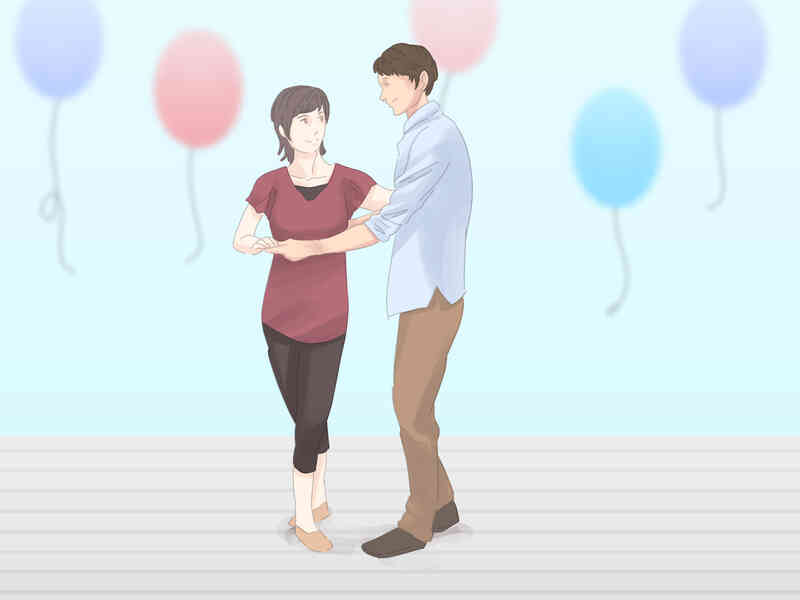
— LEARNING TO DANCE TOGETHER WITH THE “NEW PROJECT” IS SIMPLE AND FUN!
Our Moscow hustle dance school or any other club and sports dance school offers you to quickly master any dance style that is very popular all over the world today. First of all, the Moscow dance school “New Project” differs from other similar institutions in that we employ professional teachers with many years of experience. Plus, our Moscow dance school practices an individual approach to each student.
Turning to our school, you can quickly and at a high professional level learn to dance club dances, which are taught in the dance studio "New Project". The main thing is that back dance, salsa, latin, hustle, hip hop, break dance or any other club or sports dance with our dance school is, firstly, quite simple, and, secondly, exciting, informative, interesting and, most importantly, useful!
POPULAR DANCE DIRECTIONS TEACHED IN THE “NEW PROJECT”:
Our professional hustle and hip hop dance school and other club dance schools have been operating for several years now.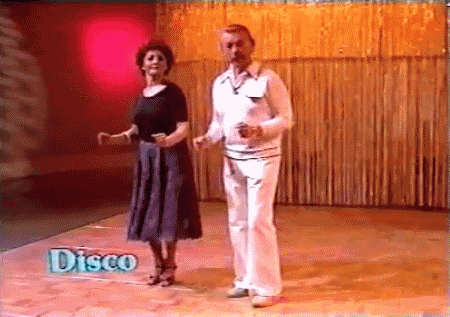 Learning these dances together with our experienced teachers, you will not only master all the tricks of these or other dances, but over time you will be able to show your best side at any party where they dance or even at the performance of professional dancers. We teach in our schools, studios and halls:
Learning these dances together with our experienced teachers, you will not only master all the tricks of these or other dances, but over time you will be able to show your best side at any party where they dance or even at the performance of professional dancers. We teach in our schools, studios and halls:
- Disco (Disco) - one of the main genres of dance music of the XX century, originated in the early 1970s. In the mid-80s, the disco genre becomes very popular, especially in Europe, which led to the emergence of such a genre as EuroDisco. New electronic instruments appear and new styles of dance music emerge, the main ones being Hi-NRG and ItaloDisco. In the 90s, even more new directions were formed, finally replacing the old disco. These are, first of all, such dances as EuroDance, TechnoDance, ItaloDance and ItaloHouse.
- Hustle (from the English hustle "hustle, hustle") - pair dance, based on the leading and improvisation of the dancers. It is quite popular among club dances and dances to disco music popular at 1980s like disco fox, disco swing and hustle itself.
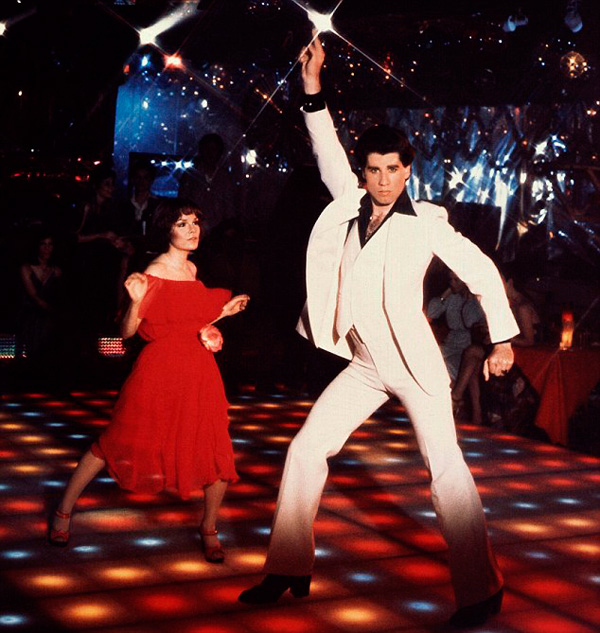 Dances such as hustle are basically extremely simple, danced for four counts (disco-fox for three), does not require a long study and allows anyone who, after a little training and practical training at the dance school, the New Project hustle to dance it on any events and parties.
Dances such as hustle are basically extremely simple, danced for four counts (disco-fox for three), does not require a long study and allows anyone who, after a little training and practical training at the dance school, the New Project hustle to dance it on any events and parties. - Hip hop (Hip-hop) is a youth dance direction that appeared in the mid-1970s among African Americans and Latinos and has now actively conquered the entire modern world. In our dance studio "New Project" - the study of this direction is based on such dance styles as Breakdance, Crump, C-Walk, waving.
- Salsa (Salsa), Mambo (Mamba), Jive (jive) - a dance of African-American origin that appeared in the 70 - 80 years in the Puerto Rican and Cuban communities of Central and South America.
Perhaps you have already watched some dance training course or even managed to master some simple club dance moves somewhere. However, no video course or simple visual learning and repetition can teach you how to master this dance genre as skillfully as a professional teacher. Therefore, if what you have seen, practiced before, repeated after someone, or the dance technique that you own at the moment does not suit you for a long time, feel free to sign up in our studio. "New Project" is a school of hip hop, hustle and other club and sports dances, we will teach you all the nuances of incendiary dances that combine inspiration and passion.
Therefore, if what you have seen, practiced before, repeated after someone, or the dance technique that you own at the moment does not suit you for a long time, feel free to sign up in our studio. "New Project" is a school of hip hop, hustle and other club and sports dances, we will teach you all the nuances of incendiary dances that combine inspiration and passion.
CLUB STUDIO “NEW PROJECT” HOLDS THEME PARTIES AND DISCOS WHERE CLUB DANCES ARE DANCED!
Dance Club-Studio "New Project" - a school for hustle, hip hop, etc., not only makes dreams come true by conducting training sessions in any dance types and directions. In our club “New Project”, a night disco “Incognito” is held, where you can show off your skills and practice dancing. We constantly hold and organize various themed dance parties that bring to the life of our students and guests a special sophistication, the novelty of the performance of modern and classical dance movements.
WITH A “NEW PROJECT” THE WISH “I WANT TO LEARN TO DANCE” TURNS INTO REALITY!
Looking at what unimaginable somersaults perform hip-hop performers or how plastic dancers move in the disco style, and mambo and hustle make the body move involuntarily to the rhythms of incendiary music, every viewer will definitely have the following desire - “I want to learn how to dance”.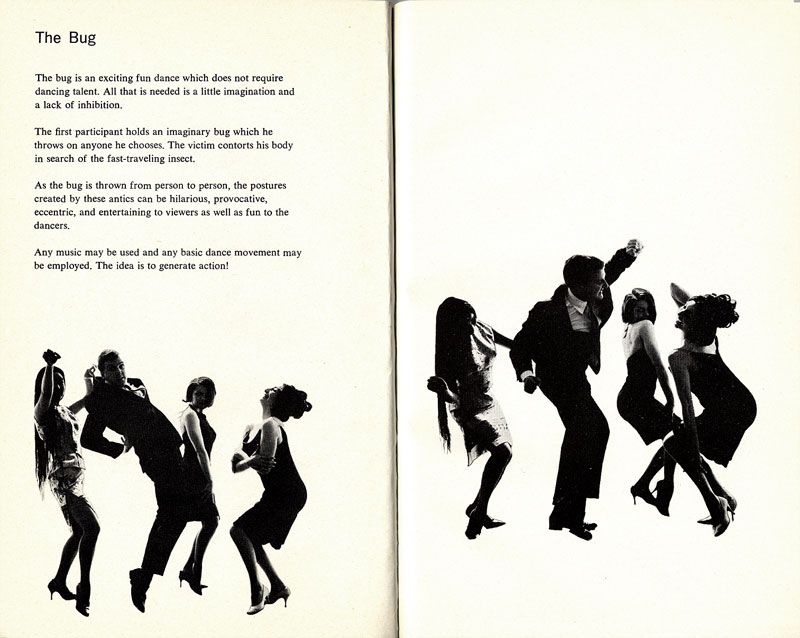 True, the mere desire “I want to learn how to dance hip-hop, hustle or salsa”, as in the case of other dances, is not enough. Accordingly, in order for the desire “I want to learn to dance” to become a reality, you need to undergo professional training from experienced teachers.
True, the mere desire “I want to learn how to dance hip-hop, hustle or salsa”, as in the case of other dances, is not enough. Accordingly, in order for the desire “I want to learn to dance” to become a reality, you need to undergo professional training from experienced teachers.
If you have long been interested in the question of how to learn to dance hip-hop, the teachers of the “New Project” (school of hustle dance, hip hop, etc.) will always be happy to help you answer it. Moreover, the answer to the question of how to learn to dance any dance from the direction of club dances, our teachers can give in the most accessible form for the student. After a certain time has passed after the start of training in the “New Project”, the question of how to learn to dance will never again be an unsolvable mystery for you.
Disco is a dance direction invented in the 70s of the last century. In those years, disco was the number one dance that everyone could dance. Today, the fashion for this dynamic and vibrant dance is back again.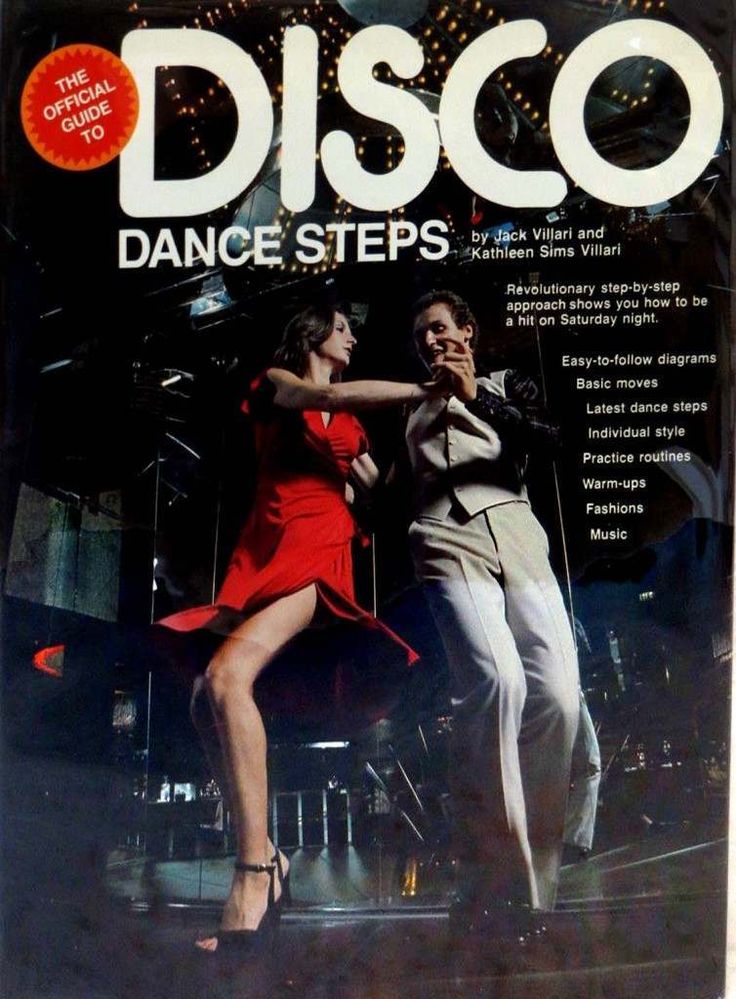 Themed parties that are held in nightclubs are especially popular.
Themed parties that are held in nightclubs are especially popular.
Basic disco moves
If you don't have the time or desire to go to a dance school, you can learn disco on your own using video lessons. Before you begin to perform the movements, prepare yourself a room. Remove all unnecessary items. Disco is a very energetic dance that includes sweeping arms and legs. Music for disco dance should be fast, with a pronounced tempo. Listen to a piece of music, get used to its rhythm and tempo.
The choreographic disco pattern is quite simple. Start with the first basic element of disco - stand up straight, bend your legs slightly at the knees, bend your arms at the elbows and press them to the body. Begin to intensively bend and unbend your legs, springing, swaying your whole body to the musical beat. After a couple of such movements, begin to make movements with your hands. First, unbend one arm at a time, and then do these movements simultaneously with both arms.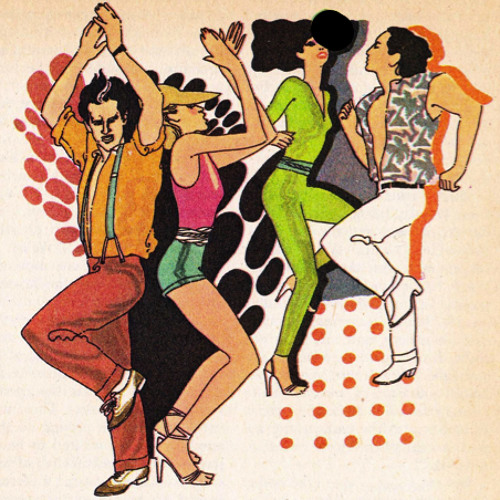
Move your feet, stepping back with each foot in turn. Swing constantly. Perform the same movements to the side now with your hands.
Turns and twists
After mastering the basic movements, gradually complicate the elements of the dance. Cross one leg over the other and turn. Straighten your knees and try to roll on your toes around you. This element of the dance must be supplemented with the movements of the hands, which are sharply and quickly straightened above the head. When these elements are learned and the body gets used to the pace, the rest of the various movements will follow by themselves. Watch disco dancing videos, remember everything you have seen in various films. Try to repeat these movements.
Disco dance elements can be very diverse, fast and energetic.
Before exercising in disco, do a little warm-up, as too vigorous movements can damage the ligaments and muscles. Disco is a slightly comical, bright and slightly ridiculous dance.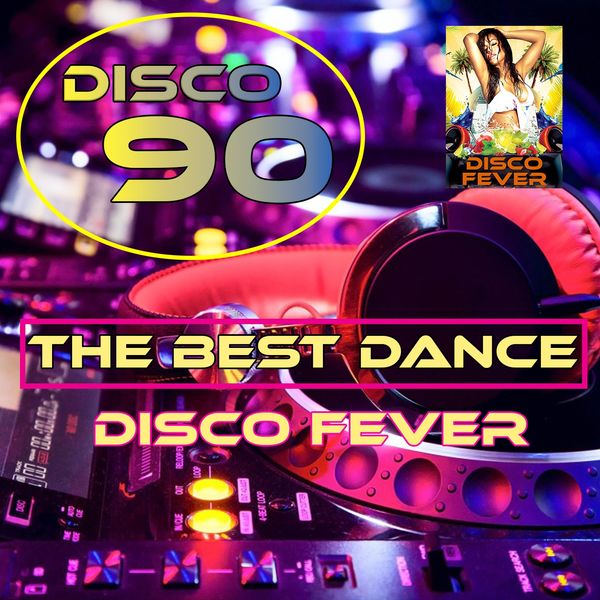 Don't forget about disco paraphernalia - puffy wigs, flared pants, bright sequined suits and, of course, makeup.
Don't forget about disco paraphernalia - puffy wigs, flared pants, bright sequined suits and, of course, makeup.
Oriental dances are quite an unusual and bewitching spectacle. In addition, they, like other physical activities, benefit human health. During this type of dance, the spinal muscles are involved, as well as the waist and arms, in the abdomen and pelvis it increases ...
Jumpstyle is a youth dance with Belgian roots. Being a relatively new direction, it needs specific music. In order to learn how to perform this dance, you should know its essence. It is danced by creating a kind of chain, the links of which are the legs ...
Break Dance is a very beautiful and dynamic dance that has a lot of sub-styles. The most interesting thing is to watch the dancers who, during the performance, combine movements from the upper and lower breaks, as well as from other sub-styles. Each b-boy through training and experimentation...
How to learn to dance in clubs for a guy
Contents
How to move on the dance floor without looking ridiculous and clumsy - this question has probably worried the representatives of the stronger sex ever since the synchronized movements of couples in a waltz or mazurka. For at least a century now, men have had to guess what a profitable disco dance should be like. Unfortunately, even professional choreographers will not answer this question. But we will try to highlight the basic rules.
For at least a century now, men have had to guess what a profitable disco dance should be like. Unfortunately, even professional choreographers will not answer this question. But we will try to highlight the basic rules.
hop and R'n'B
Rules to follow
Relax
Let's tell you a secret: most guys on the dance floor don't look stupid because they haven't taken lessons in dance studios and can't tell tectonics from r'n'b , but because they do not catch the rhythm of the music and cannot relax. And if no one usually pays attention to the first, then the second immediately catches the eye of others.
Hence the first rule: listen to music and let your body dance freely.
Choose a style
If you are a frequent discotheque visitor, you should choose a certain dance direction in which you will move on the dance floor. Of course, this will depend on the music that the DJ will put on, but for ten years now hip-hop and electronic music have not left the clubs. Therefore, you can master the basic movements of either one or the other. The "electronics" elements are a bit simpler, so it might be worth starting with them. Video tutorials to help you!
Therefore, you can master the basic movements of either one or the other. The "electronics" elements are a bit simpler, so it might be worth starting with them. Video tutorials to help you!
Sign up for a trial lesson
Try to vary your movements
If after watching the videos you still can't feel comfortable on the dance floor, you should consider signing up for a dance studio. An experienced teacher, a company of like-minded people and regular classes will quickly do their job, and you will finally be able to relax and stop having complexes while dancing. Plus, to the envy of your peers, you will no longer dance like a “newbie”.
Remember that everything is for fun
If you do somersaults on the court for ten minutes with a tense face, and then return to the table sweaty, your friends are unlikely to appreciate it. Understand that dancing is not a competition, but a completely cultural form of recreation. As they say, relax and have fun!
Let it all flow
Let go of your body and emotions, give yourself over to the music and move without paying attention to those around you.